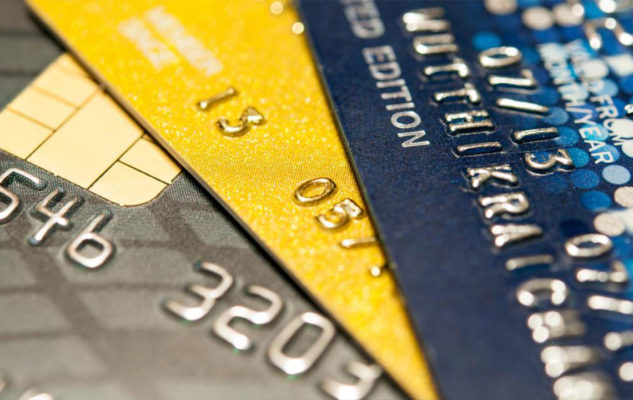Understanding the Key Differences Between Credit and Debit Cards
Discover the critical differences between credit and debit cards, including their features, benefits, and security aspects. Learn how each card type impacts your spending habits, credit score, and financial security. Make informed decisions to manage your finances wisely with this comprehensive comparison.

Understanding the Distinction Between Credit and Debit Cards
Today, owning a credit or debit card is common and often essential. These plastic cards contain a magnetic strip for identification and are linked to unique 16-digit numbers for transaction purposes.
Comparing Debit and Credit Cards
Bank-issued debit cards allow customers to access funds directly from their deposit accounts, supporting a cashless economy. Unlike debit cards, credit cards are offered upon request following credit checks and come with a line of borrowing from the bank.
The primary difference is that debit cards use your own deposited funds, whereas credit cards provide a borrowing limit, enabling purchases with the bank’s money that can be paid back later.
Advantages of Debit and Credit Cards
Debit cards promote safe and responsible spending, especially benefiting those prone to overspending on credit. Credit cards, however, often come with rewards, cashback, and travel points, offering added incentives for users.
Moreover, credit card activity plays a crucial role in establishing and improving your credit score, especially when used responsibly.
Security Aspects of Credit and Debit Cards
If a debit card is lost or stolen and used fraudulently, the money is immediately deducted from your account, and recovery can be a lengthy process. Conversely, credit cards can be quickly blocked upon report of loss, minimizing liability and protecting your finances.
While both cards have benefits, responsible usage is key to ensuring maximum security and financial health.










